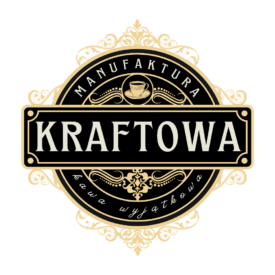When staff see that the organization is committed to their well-being and professional growth, it can lead to higher morale, increased retention, and a more motivated workforce. Another critical aspect of managing these assets is maintaining a healthy reserve fund. Building and preserving a reserve can provide a financial cushion during periods of uncertainty or economic downturns. This reserve should be regularly reviewed and adjusted based on the organization’s financial health and external economic conditions.
Operating Reserve Ratio
- The higher this ratio, the more your organization has on hand to cover emergency situations.
- Accurate accounting of net assets is crucial for nonprofit organizations, ensuring they meet regulatory requirements and maintain the trust of donors and stakeholders.
- Your nonprofit needs to save money on a regular basis to build your reserve fund in the case of emergencies (just like individuals).
- In accounting, assets are anything of value that an organization owns or has the right to use, such as cash, investments, property, equipment, and accounts receivable.
- Even if fixed assets are unrestricted, though, they are still not cash nor are they usually easily converted to cash (liquid).
Proper division between unrestricted, temporarily restricted, and permanently restricted funds ensures that resources are allocated correctly for various programs and operational needs. By meticulously preparing these financial statements and complying with accounting services for nonprofit organizations IRS reporting requirements, nonprofits not only uphold legal standards but also foster transparency and trust among stakeholders. Then, fill in the gaps by allocating your unrestricted net assets to cover your overhead expenses and any outstanding program or project costs.
Financial Reporting Requirements
The IRS requires an actual or projected financial snapshot of your nonprofit when filing for 501c3 status. When filing Form 1023, you must include your organization’s balance sheet with a list of your nonprofit’s assets, liabilities, and net assets. Nonprofit balance sheets give you an overview of your organization’s financial health. Learn how nonprofits manage net assets released from restrictions, impacting financial statements and ensuring compliance. The portion to be paid in future years is considered time https://nyweekly.com/business/accounting-services-for-nonprofits-benefits-and-how-to-choose-the-right-provider/ restricted since it’s not available to be spent until you receive it.
Why is it Called a Statement of Financial Position and not a Balance Sheet?
Permanently restricted net assets are funds that donors have stipulated must be maintained in perpetuity. These assets are often part of an endowment, where the principal amount is preserved, and only the income generated from it can be used for specific purposes. For example, a donor might establish a scholarship fund where the principal remains intact, and only the interest or investment returns are used to award scholarships each year. The stewardship of permanently restricted net assets is a significant responsibility, as it involves balancing the need to generate income with the obligation to preserve the principal for future generations. While online templates like this one can be helpful, the best way to create an accurate, useful statement of financial position is to work with nonprofit accounting professionals like our team at Jitasa. Our services are designed exclusively for nonprofits, so we have lots of experience compiling balance sheets for organizations like yours.
Liabilities
The current ratio assesses a nonprofit’s ability to meet short-term obligations with short-term assets. A ratio of 1 or above is generally considered healthy, indicating sufficient assets to cover liabilities. For instance, a ratio of 1.5 suggests that for every dollar of liability, there are $1.50 in assets available. This liquidity metric ensures the nonprofit can manage day-to-day operations without financial strain. Monitoring the current ratio regularly helps address liquidity concerns and optimize financial management practices.
- To conduct a thorough analysis, it’s important to consider both quantitative and qualitative factors.
- Also it may not be desirable to sell the property and equipment your organization uses in its operations.
- Net assets impact stakeholders such as donors and funders, board members, employees, and volunteers.
- Adhering to reporting requirements not only fosters trust but also enhances accountability, which is crucial for sustaining donor confidence and community support.
- These assets are not bound by donor-imposed restrictions, allowing management the flexibility to allocate resources where they are most needed.
- However, it can be challenging to understand exactly what you should do with all of these numbers.
